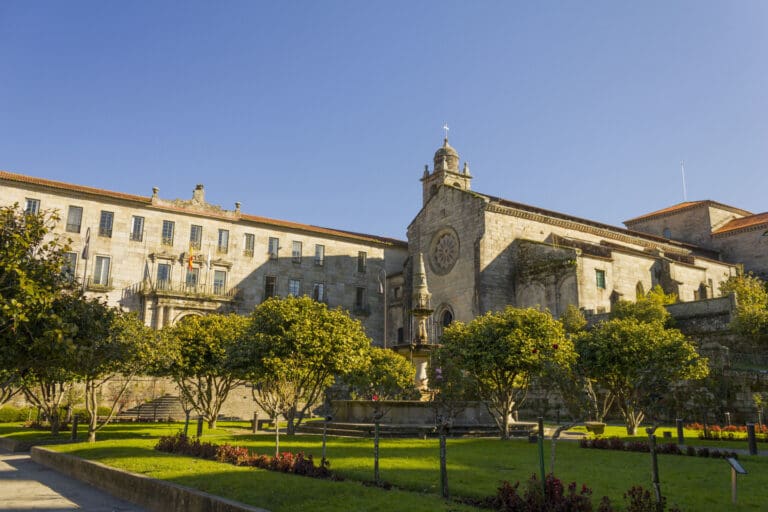Symbol of the power and importance of the port of Pontevedra and its Guild of Seafarers in the 16th century, as they paid for the construction of this temple. It combines various styles from late Gothic, with influences from Portuguese Manueline and with the first trends of the Renaissance. Its main façade stands out, a jewel of Galician Plateresque and its interior with its ribbed vaults and the back door located on the south wall with reliefs from the Old Testament, scenes from fables, a whole repertoire with an educational intention.

 Pontevedra, Galicia
Pontevedra, Galicia







